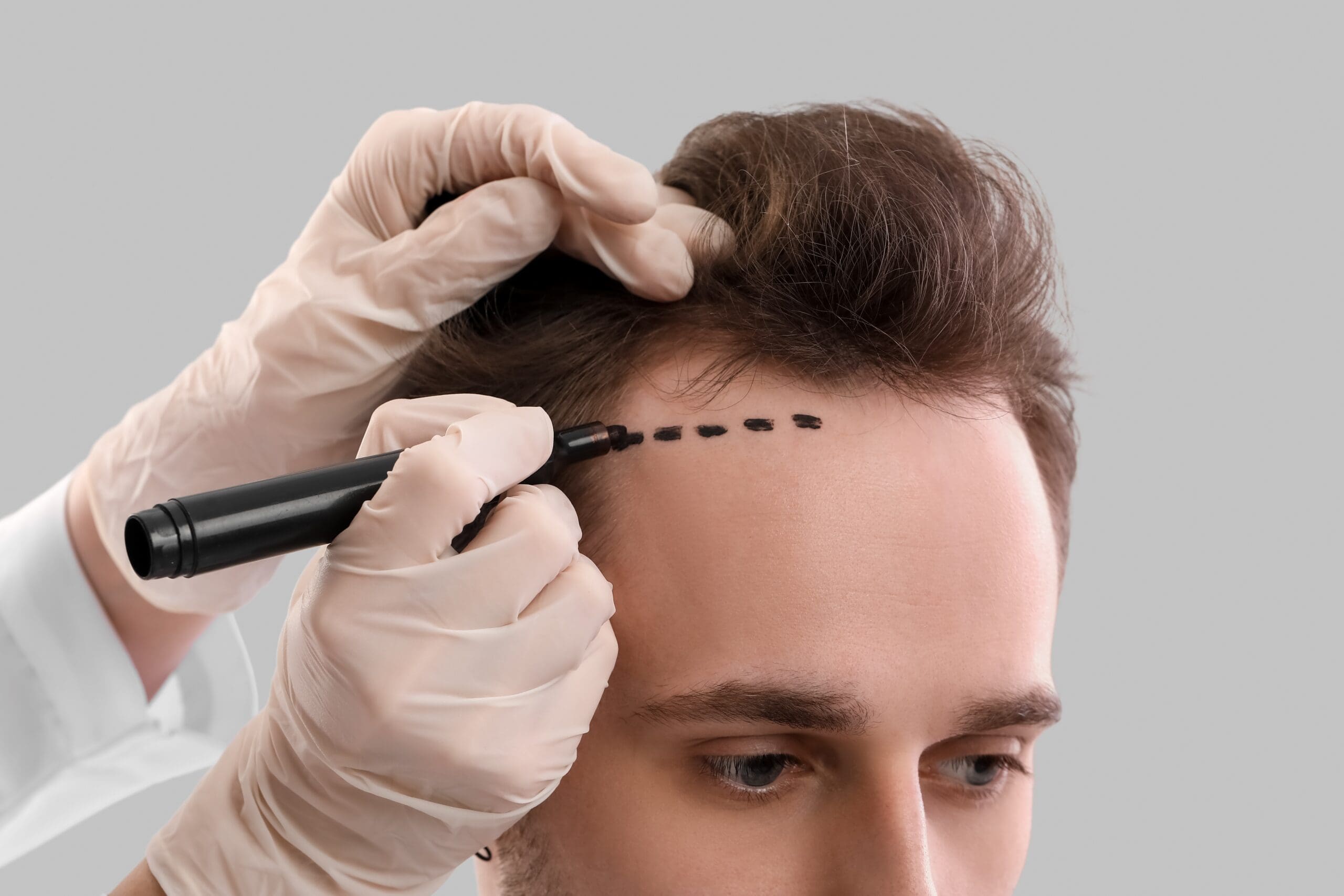Hair loss can feel frustrating and deeply personal, sometimes chipping away at one’s confidence. If you’re looking for solutions, know that you’re not alone—and there are more hair restoration options than you might realize. But with so many choices out there, figuring out what’s best for you can be overwhelming. Is a hair transplant your ideal solution, or should you explore other alternatives?
This blog will break down the pros and cons of hair transplants and other hair restoration methods. By the end, you’ll feel more empowered to make an informed decision about what works for your unique needs.
Understanding Hair Transplants
Before we compare options, it’s important to understand what hair transplants actually are. A hair transplant is a surgical procedure that moves hair follicles from one part of the body (usually the back of the scalp) to areas experiencing hair thinning or balding.
The two primary techniques are:
- FUE (Follicular Unit Extraction)
Individual hair follicles are removed and transplanted one by one. This method is less invasive and typically leaves no linear scar.
- FUT (Follicular Unit Transplantation)
A strip of skin with hair follicles is removed, and the follicles from this strip are transplanted to bald areas. While it may leave a scar, this method can sometimes offer more robust hair density.
Hair transplants are known for their natural-looking results. They use your own hair, so there’s no need to worry about mismatched shades or textures. However, they also involve surgery, meaning the process can be time-consuming and costly.
Pros of Hair Transplants
- Long-term and often permanent results
- Natural appearance
- Minimal maintenance after initial healing
Cons of Hair Transplants
- Requires surgery with some downtime
- Costs can range from $4,000 to $15,000
- Best results depend on the skill of the surgeon
Hair transplants are a fantastic solution for many people, but they’re not for everyone. If you’re hesitant about surgery or simply exploring what’s out there, consider the following alternatives.
Comparing Other Hair Restoration Methods
Not quite sold on the idea of surgery? Plenty of other hair restoration methods are non-surgical and more affordable, though they each come with their own limitations.
1. Topical Treatments
Topical treatments like minoxidil (commonly found in Rogaine) are widely used to slow hair loss and stimulate regrowth. They’re relatively inexpensive and easy to use—a simple application to the scalp once or twice a day can get you started.
However, they work best in early stages of hair loss and require consistent use. Stop applying it, and the results will fade away.
Best For
- Younger individuals or those in the early stages of hair loss
Downsides
- Requires consistent use
- Limited effectiveness for advanced hair loss
2. Prescription Medication
Drugs like finasteride (Propecia) are oral treatments often prescribed to reduce hair loss by addressing hormonal imbalances like DHT, which causes hair follicles to shrink.
While finasteride can be highly effective, it’s not without its side effects. Some users report libido changes, so it’s something to discuss thoroughly with your doctor.
Best For
- Men with male pattern baldness
Downsides
- Requires long-term use to maintain results
- Potential side effects
3. PRP (Platelet-Rich Plasma) Therapy
This treatment uses your own blood. Yup, you read that right. Platelets are extracted and injected into the scalp to stimulate hair growth. It’s a minimally invasive option, and early data shows promising results.
That said, PRP therapy can be pricey, and its effectiveness may depend on your individual condition.
Best For
- Thinning hair but not complete baldness
Downsides
- Costs range from $500 to $1,500 per session
- Requires multiple sessions
4. Hairpieces or Wigs
While it might sound old-school, wigs and extensions have come a long way. Modern hairpieces can be nearly indistinguishable from your real hair and are customizable to your personal style.
The downside? Maintenance and replacements can add up over time, and you’ll still need to deal with the psychological hurdle of knowing it’s not your natural hair.
Best For
- Immediate results, regardless of hair loss severity
Downsides
- Time and cost for upkeep
- Less permanent solution
How to Choose the Best Option for You
When deciding between hair transplants and other restoration methods, ask yourself the following questions:
- What’s your budget? Hair transplants and PRP therapy can be an investment. If you’re looking for a more affordable option, topical treatments or hairpieces might suffice.
- How severe is your hair loss? Early-stage hair loss may respond well to medications or PRP, while advanced balding might require a transplant.
- Are you looking for a permanent solution? Surgery is your best bet for long-term results. For quick yet temporary fixes, a wig or topper might be the answer.
- What’s your tolerance for maintenance? Some methods, like topical treatments, will require daily effort, unlike transplants, which mostly deal with upfront maintenance.
Is a Hair Transplant Worth It?
Still wondering if hair transplants are the ultimate choice? For many men and women experiencing hair loss, they can truly transform their confidence. If you’re a good candidate—in terms of scalp health and hair donor availability—this surgical option is one of the most effective ways to restore a natural look.
However, it’s not the only option. Every treatment comes with trade-offs, so it’s essential to identify what aligns with your needs and lifestyle. Consult with a trusted dermatologist or hair restoration expert to explore your unique situation further.
